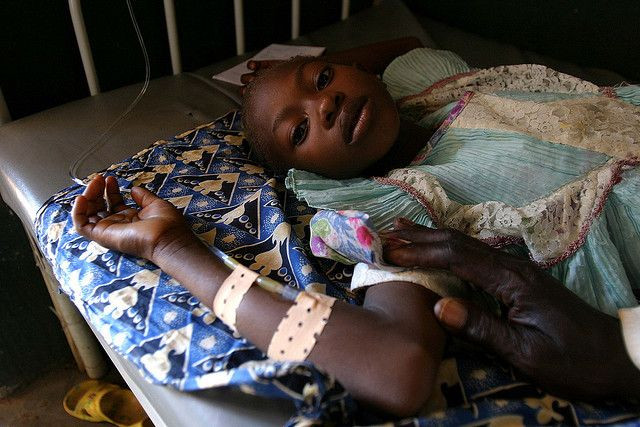Patient In Canada Tests Negative For Ebola Virus, But Cases In Africa Continue to Increase

No matter the degree of control we gain over our environments or how far we explore the limits of the universe, it takes nothing more than a microscopic virus to remind us how fragile the human body is. In 1976, an Ebola virus outbreak in Africa had catastrophic effects, claiming thousands of lives. Now health officials are taking lengths to contain the outbreak in Guinea, which has confirmed 87 cases and 61 deaths, the BBC reported Monday. The world recently waited in anticipation for the results of a man being hospitalized in Canada with similar symptoms. Thankfully Gregory Härtl, WHO’s head of public relations, tweeted earlier that the man had tested negative for the virus. The scare does make us ponder what implications a positive test result would have meant.
Yesterday health officials confirmed that an individual in Canada was being hospitalized after showing symptoms of the Ebola virus. “All we know at this point is that we have a person who is critically ill who travelled from a country where the diseases occur," said Denise Werker, a Canadian health official, News.com.au reported. The results have come back negative, the BBC reported, and the man is believed to be suffering from nothing more than a bad case of malaria.
The scare has pushed efforts to contain the virus in West Africa. Sixty-one deaths in Guinea have now been associated with the virus, but reports have also arisen in neighboring Uganda and the Democratic Republic of Congo. Liberia, Senegal, and Sierra Leone have remained on high alert. Experts reassure that the risk of transmission for Ebola is low seeing that it is usually transferred to humans from wild animals, or between humans by direct contact with contaminated blood, feces, sweat, through sexual intercourse, or by improper handling of infected corpses. The reported outbreaks most commonly occurred in areas where there was an unusually large number of chimps, gorillas, and antelope carcasses.
Ebola is officially known as the Ebola hemorrhagic virus and was first recognized in 1976. Its symptoms are similar to the flu and include headache, fever, muscle and joint pain, and a sore throat. Later symptoms include vomiting and diarrhea. Some cases exhibit rash, reddened eyes, hiccups, and both internal and external bleeding. Death usually follows the virus, killing nine out of 10 victims either from a sudden drop in blood pressure or exsanguination.
Although North America has avoided contamination with the Ebola virus, unless the outbreak is controlled in Africa, it is only a matter of time before the virus will successfully reach other continents.
Source: Stephenson J. Ebola Virus Transmission. JAMA. 2004.
Published by Medicaldaily.com



























